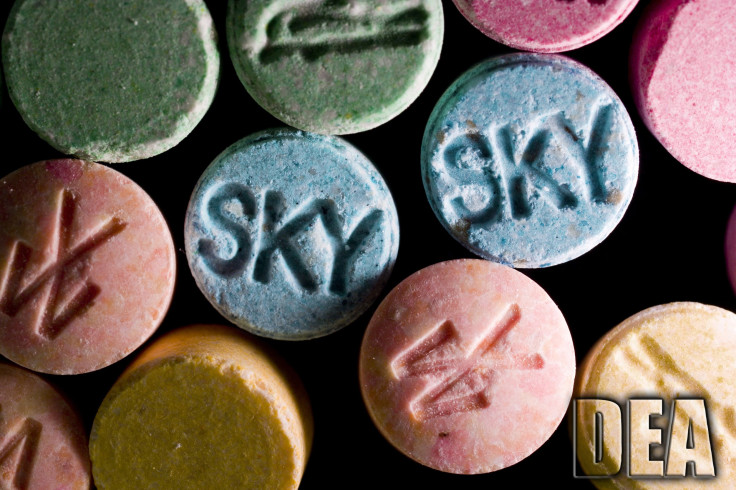Studying ecstasy or MDMA’s effects may lead to autism or PTSD drug development

MDMA, commonly known as ecstasy, is classified as a Schedule-1 drug, which has a high abuse potential and no accepted medical use. However, two researchers have urged for rigorous scientific analysis of the drug’s effects. They want to identify how the drug works as that may lead to development of therapeutic compounds with potential therapeutic effects for disorders like autism or Post Traumatic Stress Disorder (PTSD).
The commentary, published on July 14 in Cell, said that the drug’s regulated status should not discourage researchers from studying its effects. Ecstasy is known as an “empathogen,” which promotes feelings of close positive social feelings and feelings of empathy in users. MDMA is a strictly regulated Schedule-1 compound like other drugs such as LSD and heroin.
“We've learned a lot about the nervous system from understanding how drugs work in the brain -- both therapeutic and illicit drugs. If we start understanding MDMA's molecular targets better, and the biotech and pharmaceutical industries pay attention, it may lead to the development of drugs that maintain the potential therapeutic effects for disorders like autism or PTSD but have less abuse liability,” psychiatrist and neuroscientist at Stanford University, Robert Malenka, said in a statement.
Although Malenka and co-author Boris Heifets, also from Stanford, don’t ignore ecstasy’s recreational use, they also believe that scientific studies should be carried out to uncover the drug’s mechanisms. This may explain fundamental workings of the human nervous system and that would include why and how a person experiences empathy.
Researchers have little idea on how ecstasy works in humans, how it affects the molecular pathways and which regions of brain it targets. A small 2013 trial and early clinical studies revealed certain uses of MDMA during therapy for PTSD patients. The drug could help patients form a stronger bond with therapists.
“There are going to be certain areas of the brain in which MDMA's actions are critical for its behavioral effects. You can give it to human beings under appropriately controlled, carefully monitored clinical conditions and do fMRI and functional connectivity studies,” says Malenka.
He added that one may build up a knowledge base in an iterative fashion by combining animal and human studies to start to gain more traction in understanding ecstasy’s neural mechanisms.





















